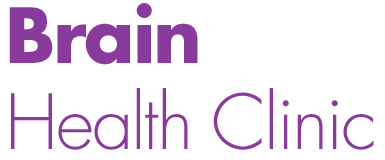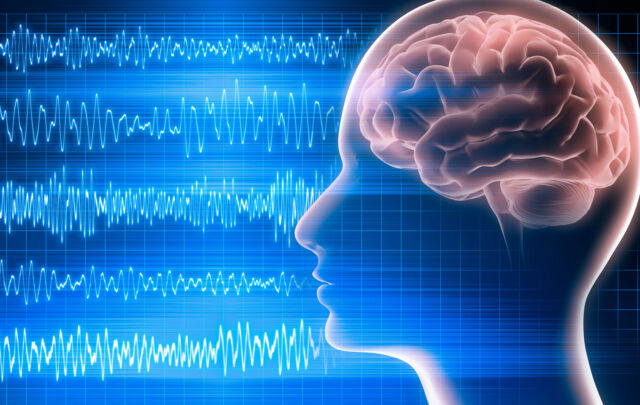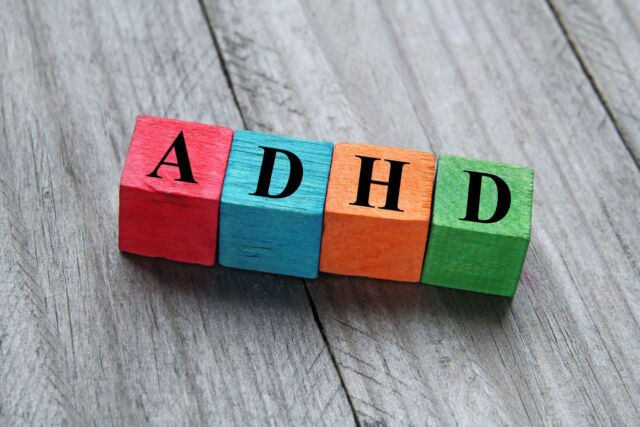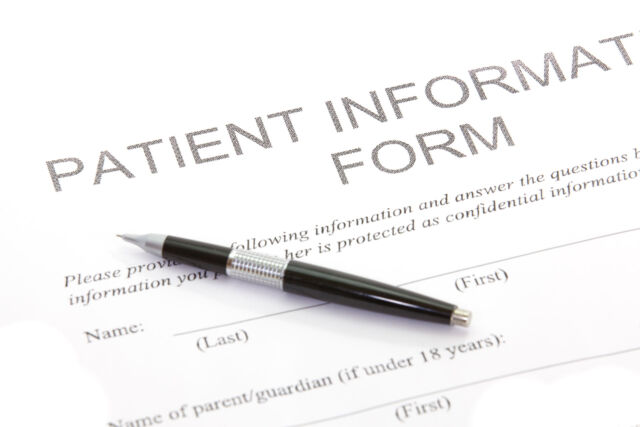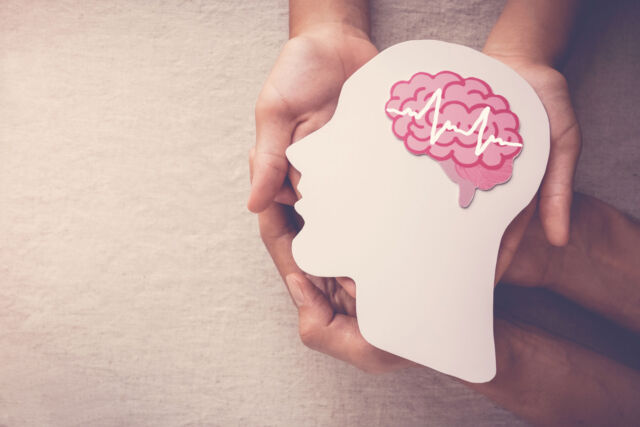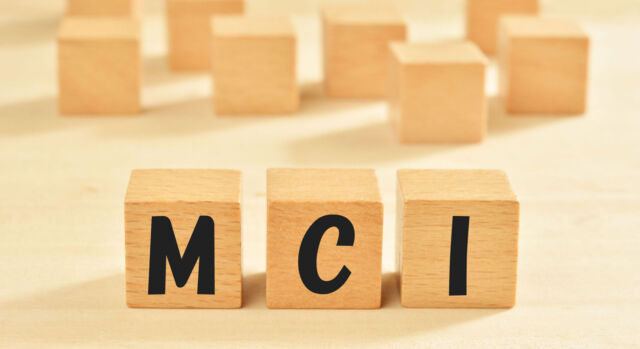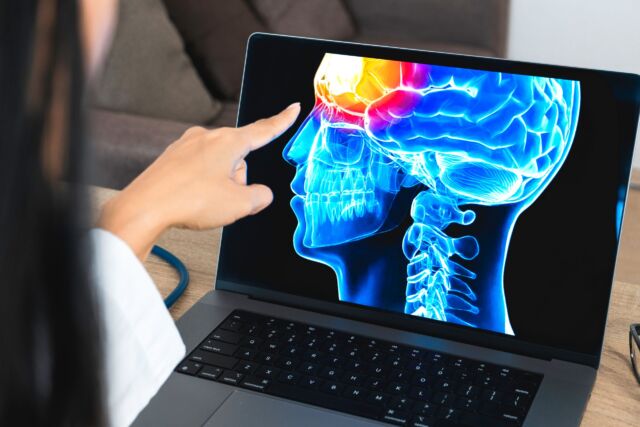Once you complete the initial four stages of the neurofeedback therapy process, we move to the actual neurofeedback therapy sessions. Find out more about it!
After collecting a significant amount of information about the mental health and brain functioning of our clients, we gather the material for a findings report. This helps us to develop personalized recommendations and answer all of your questions about the plan for therapy.
The qEEG or brain map is a vital diagnostic tool for the neurofeedback therapist. Without it, the therapist and the patient must employ a “best guess” process. Here are 4 things to know about brain mapping.
Diagnostic tests are tools that help your clinician understand your specific circumstances. Using tests that are both accurate and precise improves results.
Are you curious about what happens at your first session with the Brain Health Clinic? Here we discuss that first meeting, which we call the clinical interview.
Studies using neurofeedback for ADHD therapy are presented in many scientific journals. Now those studies are compared and contrasted with other treatments.
The Brain Health Clinic encourages each of our patients to follow certainly daily habits to improve the effectiveness of their therapy regimen. Read our top tips for optimal health and wellness!
Every new patient at the Brain Health Clinic follows a five step therapy process to ensure best outcomes. Our goal is your improved brain health and wellness with neurofeedback therapy. Find out more about these 5 steps in this article.
Post-stroke symptoms can be improved through the use of neurofeedback to promote brain plasticity. Find out more about the findings of scientists right here.
Studies show that neurofeedback creates lasting improvements for patients with MCI. Find out more about studies that demonstrate these good therapeutic effects.
Memory loss is a concern of many people as they get older. When is evidence of memory loss a matter of concern, and when is it just a fact of life? Can neurofeedback help with memory problems?
The symptoms left by traumatic brain injuries are significantly improved by training the brain to return to its former functioning. Neurofeedback accomplishes this and can now be used at home via remote neurofeedback.
